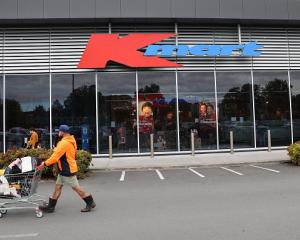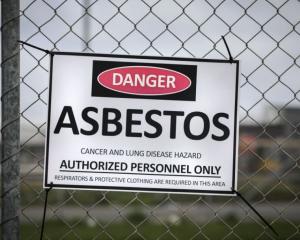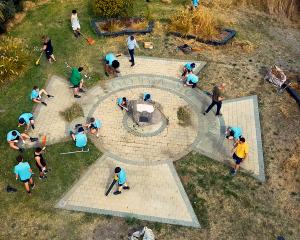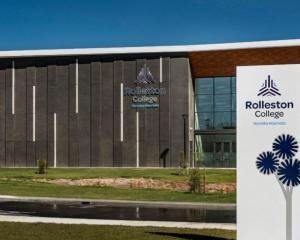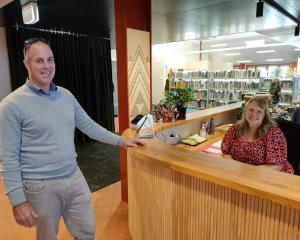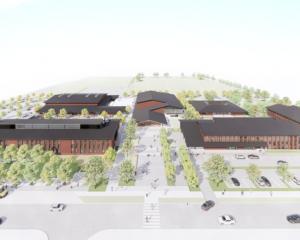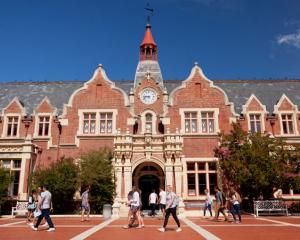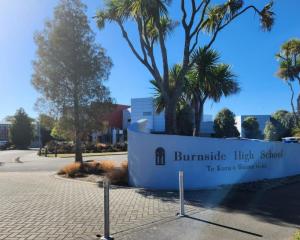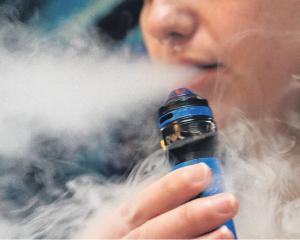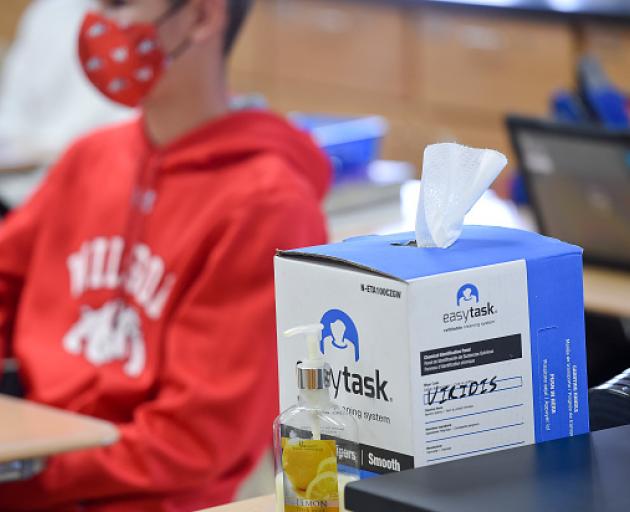
Principals have told RNZ most teenagers in alert level 2 areas are not bothering to wear face masks in class, even though Dr Bloomfield has strongly recommended them for pupils aged 12 and over.
One school has found chocolate effective in encouraging students to wear a mask but even then the effect is temporary.

"There are a few select people in each class who will wear them every day. There are some people who will wear a mask to a certain class, but not really," Year 13 student Heidi George said.
She said repeating or emphasising the official recommendation that teenagers wear masks at school would not be enough to make them comply.
"I think it needs to become mandatory if you actually want teenagers to wear masks because everyone's influenced by everyone else," she said.
Students said they texted and called one another the night before classes resumed last week to gauge whether they would wear masks on the first day back at school.
"There was definitely a lot of people who might have turned up to school with a mask and then took it off after seeing lots of people around not wearing them. There was definitely a big social element involved," Cole Tainui said.
He said he tended not to bother wearing a mask.
"At our school, because of the size and how we're all arranged it's either everyone does it or it's not really effective. Because it's not fully-enforced there doesn't seem to be much of an upside to wearing at our school. If someone gets Covid here, probably the majority of us are going to get it."
Kelly Newlands said she was one of the few who did wear a mask when school resumed last week, but she soon gave up.
"I actually wore it for the first week, so Thursday, Friday was when I was wearing it and then I came back to school on Monday and that was when I was brought down by the peer pressure I guess. Everyone else wasn't wearing it so I was like 'what's the point really'," she said.
Year 13 student Will Ray said peer pressure was driving students' decisions on masks more than health considerations.
"I think if we saw a case here or something hitting the South Island I think there'd be a big change, more people would start putting on those masks and then there'd be a view 'oh everybody else is doing it so I should do it too' but at the moment there's just not that factor there," he said.
Will Ray said if the Health Ministry wanted teenagers to wear masks at school, it would have to make them mandatory.
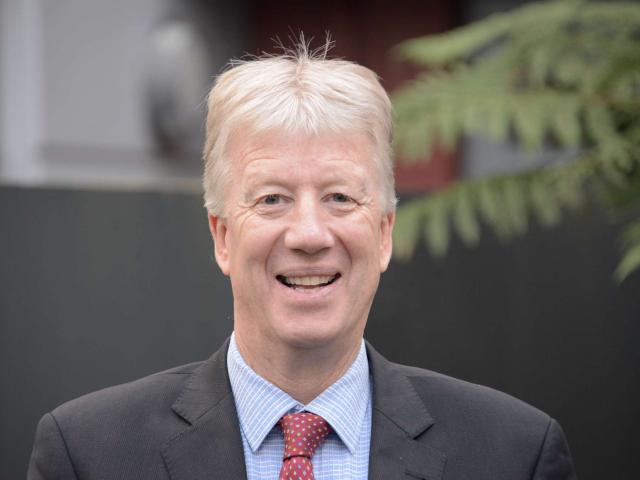
"I cannot enforce or insist that others wear masks. A lot of our staff are modelling it too and as you've probably heard from our students, peer pressure plays a part in their decision to wear a mask or not," he said.
Holstein said schools were not allowed to instruct students to wear masks but some teachers had tried a little gentle encouragement.
"For example, those that are coming into the form time class with their mask get a chocolate," he said.
Holstein said such measures had limited impact, because students were influenced by peer pressure as soon as they left that class.
However, he said it would be difficult to enforce a mandate making masks compulsory in schools at level 2.
At Aotea College in Porirua, principal Kate Gainsford said a significant number of students were wearing masks, but they were a minority.
She said making masks mandatory would be tricky.
"Some of it's logistical, it means that people have to find them, buy them, make them, clean them, dispose of them, get them ready for the next day. If you make it mandatory someone has to police it and that's a pretty big mission," she said.
Gainsford said schools were doing a lot of other things to minimise the risk of Covid spreading such as minimising contact between students as they moved between classes, increasing ventilation in rooms, and making hand sanitiser available.
"Given the other precautions that are in place from the advice from the Ministry of Health they've obviously decided there's enough safety around those other really significant interventions to allow some leeway with masks," she said.
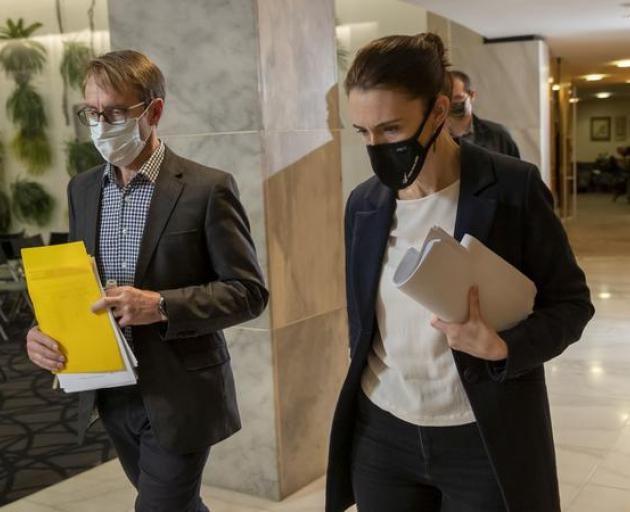
She said masks were especially important while children as a population were mostly unvaccinated.
"Here in Aotearoa we're behind the rest of the world in mask use, particularly in children. That makes it a bit challenging to get quickly where we need to be - ie, from alert level 2 up, everyone who can, should be wearing a mask indoors at school," she said.
"A mask mandate is a good way to signal how serious this need is. But it's essential also to make it clear to everyone that no child is to be coerced if wearing a mask is distressing. So what is needed is more precisely a mandate to schools rather than a mandate to children."
Kvalsvig said schools should support a strong mask culture where children and staff wore masks to keep one another safe, including protecting those who can't wear a mask.
"It's about community action, not putting pressure on individuals."



